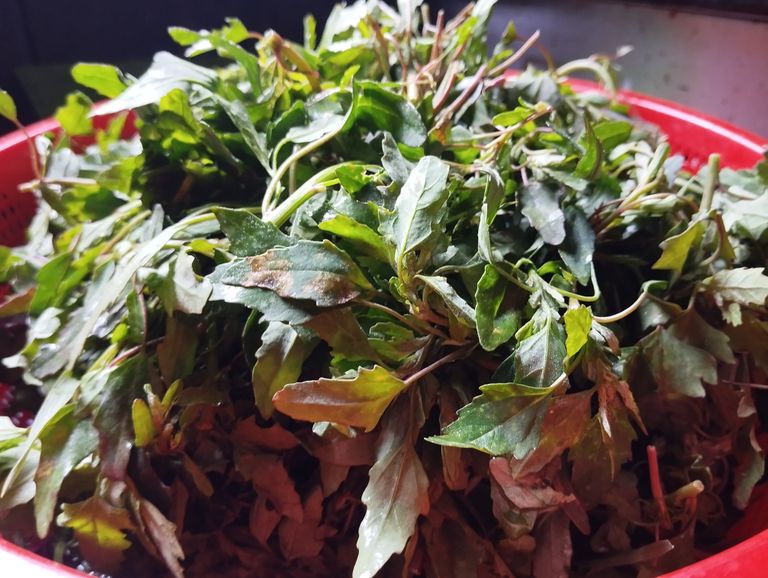
Benefits of Eating Malabar Spinach Baitur Shaak.
Malabar spinach, locally known as Baitur Shaak in Bengali, is a popular leafy green vegetable cultivated in tropical and subtropical regions. It is not only delicious but also packed with an array of health benefits. This blog explores the nutritional profile and the various advantages of incorporating Malabar spinach into your diet.
Nutritional Profile of Malabar Spinach
Malabar spinach is a nutrient-rich vegetable that contains a variety of vitamins, minerals, and antioxidants. Here’s a quick look at its nutritional components per 100 grams:
Calories: 19
Protein: 1.8g
Fiber: 2.1g
Vitamin A: 160% of the Daily Value (DV)
Vitamin C: 50% of the DV
Calcium: 8% of the DV
Iron: 10% of the DV
Its low calorie and high nutrient content make it an excellent choice for health-conscious individuals.
Top Health Benefits of Malabar Spinach
- Rich in Antioxidants Malabar spinach is loaded with antioxidants like beta-carotene, lutein, and zeaxanthin. These compounds help combat oxidative stress, reduce inflammation, and prevent chronic diseases such as cancer and heart disease.
- Boosts Eye Health The high vitamin A content in Malabar spinach supports good vision and eye health. Lutein and zeaxanthin also play a role in preventing macular degeneration and cataracts.
- Improves Digestive Health The fiber content in Malabar spinach aids digestion, prevents constipation, and promotes a healthy gut. It also acts as a natural laxative, ensuring smoother bowel movements.
- Supports Bone Health Malabar spinach contains calcium and magnesium, essential for maintaining strong bones. Regular consumption can help reduce the risk of osteoporosis and other bone-related issues.
- Strengthens Immunity With its abundance of vitamin C, this leafy green boosts the immune system, helping the body fight off infections and illnesses.
- Promotes Healthy Skin Vitamin A and vitamin C work together to improve skin health. They combat acne, reduce wrinkles, and give your skin a natural glow.
- Regulates Blood Sugar Malabar spinach is beneficial for individuals with diabetes. Its low glycemic index and fiber content help regulate blood sugar levels by slowing down the absorption of glucose.
- Supports Weight Loss Low in calories and rich in nutrients, Malabar spinach is an excellent addition to weight-loss diets. It keeps you feeling full for longer, curbing unnecessary snacking.
- Good for Heart Health The potassium in Malabar spinach helps regulate blood pressure, while its fiber content lowers bad cholesterol levels, promoting overall cardiovascular health.
- Improves Iron Levels Iron in Malabar spinach is essential for producing hemoglobin and preventing anemia. It’s especially beneficial for pregnant women and individuals with iron deficiency.
How to Include Malabar Spinach in Your Diet
Malabar spinach can be used in a variety of dishes. Here are some popular ways to enjoy this versatile vegetable:
Soups and Stews: Add it to lentil soups or meat stews for a nutrient boost.
Stir-fries: Sauté it with garlic and spices for a quick and healthy side dish.
Curries: Incorporate it into traditional curries with fish or prawns.
Smoothies: Blend it into green smoothies for a refreshing drink.
Salads: Use young, tender leaves in salads for added flavor and nutrition.
Precautions
While Malabar spinach is generally safe for most people, those prone to kidney stones should consume it in moderation due to its oxalate content. Pregnant women and individuals with specific health conditions should consult a doctor before making significant dietary changes.
Final Thoughts
Malabar spinach is a powerhouse of nutrition and a versatile ingredient in the kitchen. Including it in your meals can significantly enhance your health, from improving digestion to boosting immunity. Whether you’re looking to lose weight, manage diabetes, or simply maintain overall well-being, this leafy green is an excellent choice.
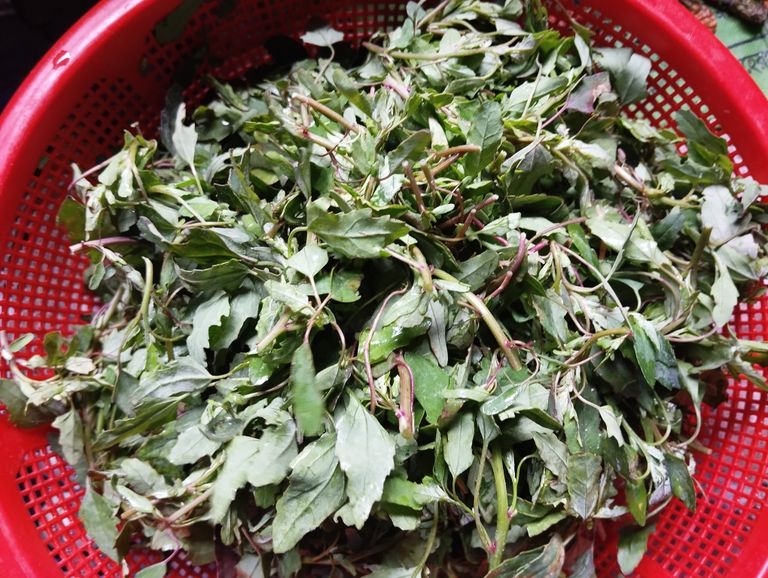
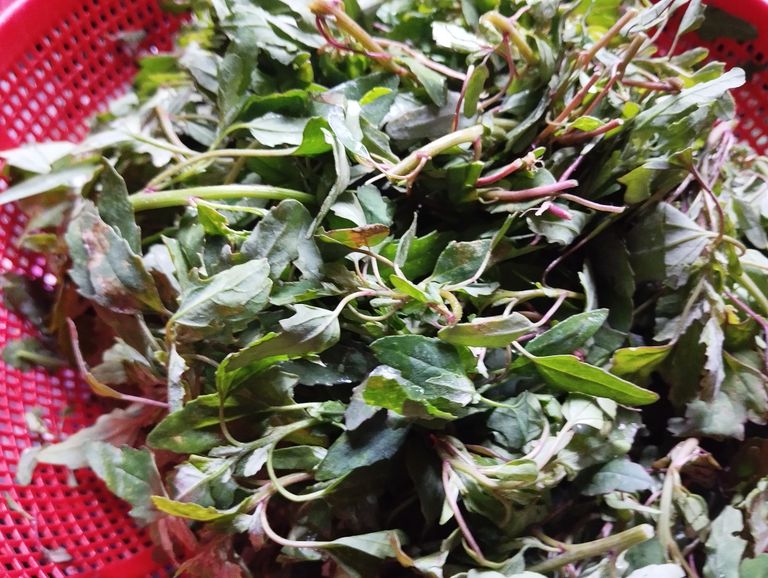
The Architectural and Cultural Significance of Baitur Shaker Mosque
Baitur Shaker Mosque is a notable architectural marvel and a symbol of spiritual devotion. Located in Bangladesh, this mosque is renowned for its exquisite design, cultural significance, and role as a center for worship and community gathering. The mosque stands out for its intricate details, innovative design, and deep-rooted connection to Islamic tradition.
Historical Background of Baitur Shaker Mosque
Baitur Shaker, which translates to "House of Gratitude," reflects the profound faith and devotion of its builders. Though specific historical records about its origin may vary, the mosque is believed to have been established as an expression of thankfulness to Allah. Over the years, it has become an important landmark in the region, attracting both worshippers and architectural enthusiasts.
Unique Architectural Features
One of the primary attractions of Baitur Shaker Mosque is its unique architectural style. The mosque blends traditional Islamic architecture with modern design elements, creating a structure that is both timeless and innovative. Some of its distinctive features include:
- Dome and Minaret Design: The mosque is crowned with beautifully crafted domes that symbolize the heavens and the vastness of Allah's creation. The minarets, soaring high into the sky, serve as both a call to prayer and a visual representation of Islamic culture.
- Intricate Ornamentation: The walls and ceilings of the mosque are adorned with intricate arabesque patterns, Quranic calligraphy, and geometric designs. These decorations not only enhance the aesthetic appeal but also reflect the artistic heritage of Islamic civilization.
- Use of Natural Light: Large windows and strategically placed openings allow natural light to flood the interior, creating an atmosphere of serenity and spirituality. The play of light and shadow adds to the mosque's beauty.
- Spacious Prayer Hall: The prayer hall is designed to accommodate a large number of worshippers, ensuring inclusivity during congregational prayers. The open layout fosters a sense of unity and community among the attendees.
- Eco-Friendly Construction: Some reports suggest that sustainable materials and eco-friendly techniques were used in the construction of the mosque, reflecting a modern approach to preserving the environment.
Cultural and Religious Importance
Baitur Shaker Mosque is not just an architectural masterpiece; it is also a hub of cultural and religious activities. The mosque plays a significant role in the spiritual lives of the local community by hosting daily prayers, Friday congregations, and special events during Ramadan and Eid. It also serves as a center for Islamic education, offering classes on the Quran, Hadith, and other aspects of Islamic knowledge.
Additionally, the mosque fosters a sense of community by organizing charitable activities and providing support to those in need. This aligns with the Islamic principle of helping others and promoting social welfare.
Tourism and Global Recognition
Baitur Shaker Mosque has gained recognition beyond its local community due to its stunning design and cultural relevance. Tourists, architects, and researchers from around the world visit the mosque to study its architectural features and experience its tranquil environment. Its popularity has also boosted local tourism, contributing to the regional economy.
The Baitur Shaker Mosque is a true testament to the rich cultural and religious heritage of Bangladesh. Its remarkable architecture, spiritual ambiance, and role in community building make it a significant landmark. Whether you are a devotee seeking spiritual solace or an admirer of Islamic art and architecture, Baitur Shaker Mosque offers an inspiring experience that transcends boundaries.
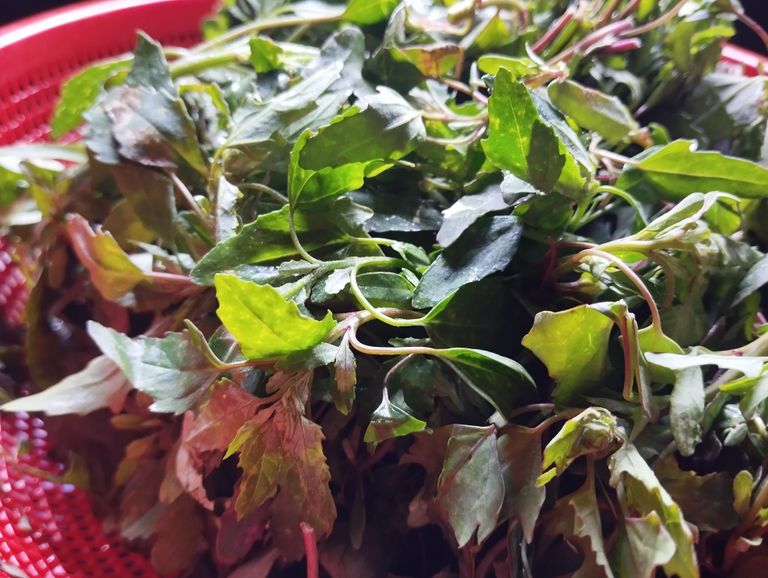
Cultivating Baitul Shak: A Guide to Growing Amaranthus (Red Spinach)
Introduction
Baitul Shak, commonly known as red spinach or amaranthus, is a highly nutritious and fast-growing leafy vegetable. Popular in Bangladesh, India, and other South Asian countries, it is rich in iron, calcium, and vitamins A and C. Growing Baitul Shak is relatively easy and can be done in gardens, pots, or even urban settings. This article will guide you through the process of cultivating Baitul Shak effectively.
Benefits of Growing Baitul Shak
- Health Benefits:
High in antioxidants and essential nutrients.
Boosts immunity and improves digestion.
Helps in maintaining healthy skin and eyesight.
- Economic Value:
Grows quickly, providing frequent harvests.
Requires minimal investment and maintenance.
- Environmental Benefits:
Enhances soil fertility through its organic matter.
Suitable for small-scale urban farming.
Ideal Conditions for Cultivation
- Climate:
Thrives in warm climates with temperatures between 20–35°C.
Requires adequate sunlight (6–8 hours daily).
- Soil:
Grows best in well-drained, loamy soil rich in organic matter.
Soil pH should range between 6.0 and 7.5.
- Watering:
Requires moderate watering; avoid waterlogging.
Drip irrigation is recommended for consistent moisture.
- Space:
Ideal for both open fields and small gardens.
Can be cultivated in raised beds or pots for urban gardening.
Steps to Cultivate Baitul Shak
- Seed Selection:
Purchase high-quality seeds from a trusted source.
Choose disease-resistant and fast-growing varieties.
- Soil Preparation:
Clear the land of weeds and debris.
Mix compost or organic manure into the soil.
Ensure proper drainage to prevent waterlogging.
- Sowing Seeds:
Sow seeds directly into the soil, maintaining a depth of 1–1.5 cm.
Space seeds 20–25 cm apart to allow proper growth.
Cover seeds lightly with soil and water gently.
- Watering:
Water the plants immediately after sowing.
Maintain consistent soil moisture without overwatering.
- Weeding and Thinning:
Regularly remove weeds to prevent competition for nutrients.
Thin out overcrowded seedlings to ensure healthy plant growth.
- Fertilization:
Use organic fertilizers like compost or cow dung every 2–3 weeks.
Avoid chemical fertilizers to maintain the plant's organic quality.
- Pest and Disease Management:
Use natural pest repellents like neem oil to ward off insects.
Ensure proper air circulation to prevent fungal infections.
Monitor plants regularly for signs of disease.
- Harvesting:
Harvest leaves when they are tender, typically 25–30 days after sowing.
Cut leaves with a sharp knife or scissors to avoid damaging the plant.
Post-Harvest Care
- Storage:
Wash leaves gently and store them in a cool, dry place.
Refrigerate to retain freshness for longer periods.
- Marketing:
Sell in local markets or directly to consumers.
Highlight the organic and nutritious qualities to attract buyers.
Challenges and Solutions
- Waterlogging:
Ensure proper drainage during the rainy season.
Use raised beds in flood-prone areas.
- Pests and Diseases:
Implement crop rotation to reduce pest infestations.
Use organic pesticides to maintain eco-friendliness.
- Low Yield:
Use high-quality seeds and adequate fertilizers.
Ensure proper spacing and sunlight.
Cultivating Baitul Shak is a rewarding endeavor, both nutritionally and economically. Its fast growth and low maintenance make it an ideal crop for home gardeners and small-scale farmers. By following the above steps, you can enjoy fresh, organic red spinach right from your garden. Start your journey today and contribute to a healthier lifestyle and environment.
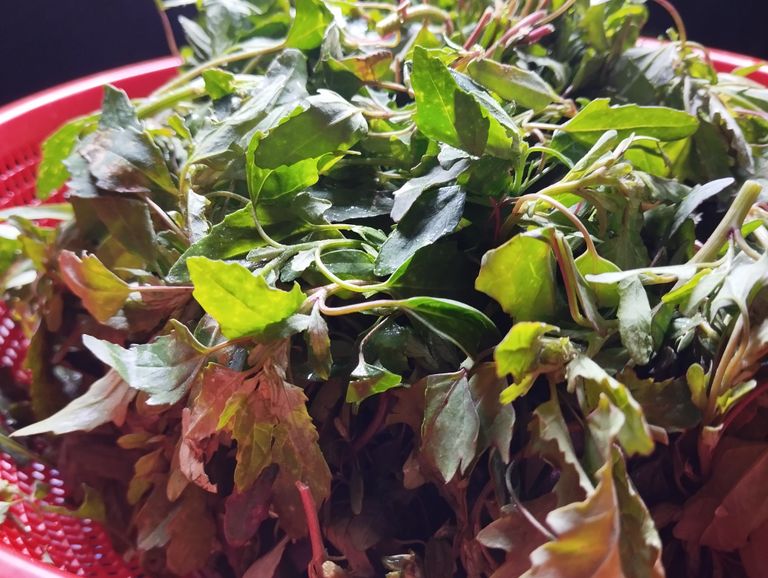
The Shakers, a religious sect founded in the 18th century, are renowned for their contributions to herbal medicine and gardening. Their meticulous approach to cultivating and utilizing herbs has left a lasting impact on herbal practices.
Shaker Herb Gardens: Design and Philosophy
Shaker herb gardens were characterized by their orderly design, reflecting the community's values of simplicity and precision. Herbs were planted in neat, tidy rows within square beds, often bordered by low stone enclosures, picket fences, or brick edging. This layout was not merely aesthetic; it symbolized the Shakers' belief that a well-maintained garden mirrored a well-ordered mind. Weeding was considered a spiritual act, akin to cleansing the mind of impure thoughts, aligning with their tenet that "cleanliness is next to godliness."
Cultivation and Use of Medicinal Herbs
The Shakers were among the first groups in America to commercialize medicinal herbs. By the early 19th century, they were cultivating a wide variety of herbs for both culinary and medicinal purposes. Their herb gardens included plants such as bee balm, sweet basil, lavender, hyssop, fennel, dill, coriander, and lemon balm. These herbs were processed into dried forms, extracts, oils, and patent medicines. At their peak around 1850, the Shaker community in New Lebanon, New York, produced approximately 100,000 pounds of dried herbs and several thousand pounds of extracts annually.
Shaker Herbal Products and Commerce
The Shakers developed a reputation for the quality and purity of their herbal products. They produced a range of patent medicines, such as Shaker Anodyne and Brown's Extract of English Valerian, which were developed from their physic gardens managed by community doctors. These products were sold to the outside world, providing a significant source of income for the Shaker communities. Their meticulous methods in cultivation, harvesting, and processing set high standards in the herbal medicine industry of their time.
Legacy and Influence
The Shakers' approach to herbal medicine emphasized sustainability, purity, and a deep connection between the gardener and the garden. Their practices have influenced modern herbalism, particularly in the emphasis on organic cultivation and the holistic integration of gardening into daily life. Today, Shaker herb gardens are preserved in museums, and their methods continue to be studied and admired by herbalists and gardeners alike.
In summary, the Shakers' dedication to herbal medicine and their systematic approach to herb cultivation have left an indelible mark on the field. Their legacy continues to inspire contemporary practices in herbal gardening and medicine.
The Shakers, a religious sect founded in the 18th century, are renowned for their contributions to herbal medicine and gardening. Their meticulous approach to cultivating and utilizing herbs has left a lasting impact on herbal practices.
Shaker Herb Gardens: Design and Philosophy
Shaker herb gardens were characterized by their orderly design, reflecting the community's values of simplicity and precision. Herbs were planted in neat, tidy rows within square beds, often bordered by low stone enclosures, picket fences, or brick edging. This layout was not merely aesthetic; it symbolized the Shakers' belief that a well-maintained garden mirrored a well-ordered mind. Weeding was considered a spiritual act, akin to cleansing the mind of impure thoughts, aligning with their tenet that "cleanliness is next to godliness."
Cultivation and Use of Medicinal Herbs
The Shakers were among the first groups in America to commercialize medicinal herbs. By the early 19th century, they were cultivating a wide variety of herbs for both culinary and medicinal purposes. Their herb gardens included plants such as bee balm, sweet basil, lavender, hyssop, fennel, dill, coriander, and lemon balm. These herbs were processed into dried forms, extracts, oils, and patent medicines. At their peak around 1850, the Shaker community in New Lebanon, New York, produced approximately 100,000 pounds of dried herbs and several thousand pounds of extracts annually.
Shaker Herbal Products and Commerce
The Shakers developed a reputation for the quality and purity of their herbal products. They produced a range of patent medicines, such as Shaker Anodyne and Brown's Extract of English Valerian, which were developed from their physic gardens managed by community doctors. These products were sold to the outside world, providing a significant source of income for the Shaker communities. Their meticulous methods in cultivation, harvesting, and processing set high standards in the herbal medicine industry of their time.
Legacy and Influence
The Shakers' approach to herbal medicine emphasized sustainability, purity, and a deep connection between the gardener and the garden. Their practices have influenced modern herbalism, particularly in the emphasis on organic cultivation and the holistic integration of gardening into daily life. Today, Shaker herb gardens are preserved in museums, and their methods continue to be studied and admired by herbalists and gardeners alike.
In summary, the Shakers' dedication to herbal medicine and their systematic approach to herb cultivation have left an indelible mark on the field. Their legacy continues to inspire contemporary practices in herbal gardening and medicine.